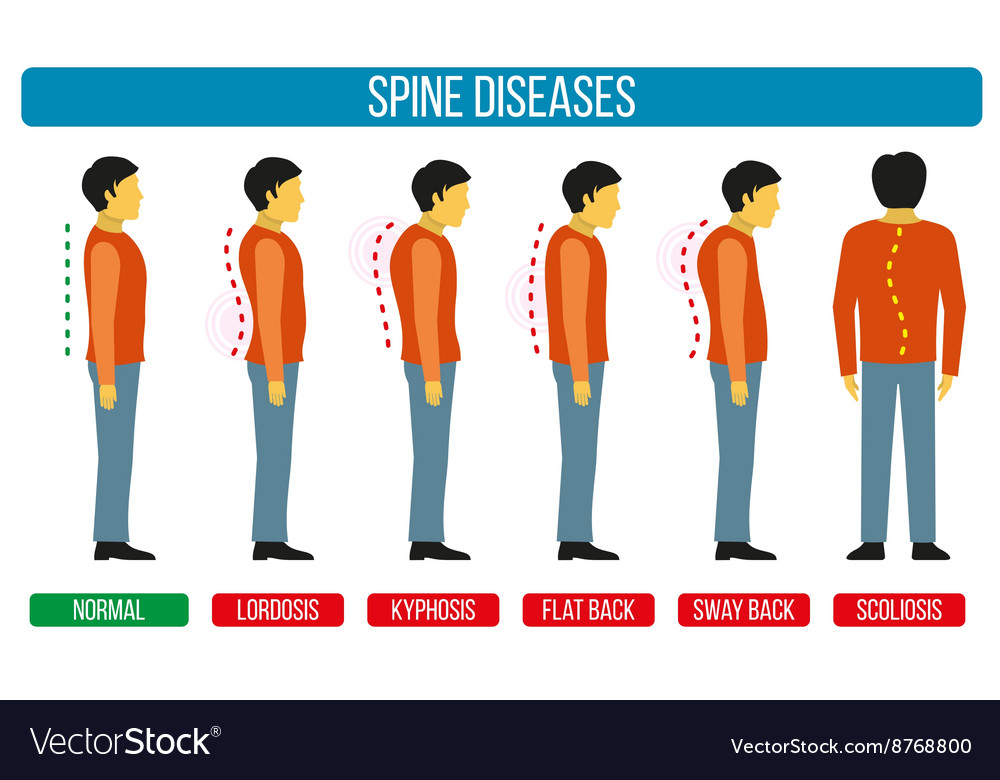Why Does Soft Tissue Therapy Hurt? Recognizing The Refine
Why Does Soft Tissue Therapy Hurt? Recognizing The Refine
Blog Article
Article Author-Carstens Rossi
When you go through soft Tissue treatment, you might discover it surprisingly awkward. This pain develops as stress is related to stressful muscle mass and broken cells, triggering your discomfort receptors. While it can really feel traumatic in the minute, there's a factor behind this sensation. Comprehending what happens in your body during these therapies can help you value the procedure. So, what exactly is going on beneath the surface?
The Physiology of Discomfort During Soft Tissue Therapy
When you undertake soft Tissue therapy, your body's action to pain is a complex interaction of physiological procedures. As the specialist uses pressure, your body triggers pain receptors, sending out signals to your brain. This activates the release of natural chemicals, such as material P and glutamate, which amplify the sensation of pain.
Your muscular tissues might also tense up in response, further making complex the experience. In addition, your body might release endorphins, all-natural medicines that can help minimize some pain.
The communication in between these procedures can develop an one-of-a-kind experience for each and every person. Recognizing this physiological reaction aids you navigate the experiences during treatment, permitting you to appreciate the balance in between discomfort and the possibility for recovery advantages.
The Duty of Discomfort in the Healing Refine
Although discomfort during soft Tissue therapy can feel overwhelming, it plays a crucial role in the healing process. When you experience pain, your body is indicating that it's working to repair broken tissues. This response aids increase blood flow to the affected location, delivering important nutrients and oxygen needed for healing.
Additionally, discomfort can advertise the launch of endorphins, your body's natural painkillers, developing a sense of alleviation post-treatment. Accepting this pain can assist you recognize your body's restrictions and encourage you to attend to underlying problems.
While it's uneasy now, this procedure is vital for long-term recuperation and improved function. Recognizing pain as a vital part of healing can empower you to remain devoted to your therapy.
Tips for Handling Discomfort Throughout and After Therapy
Handling discomfort during and after soft Tissue treatment can significantly improve your total experience and recuperation.
To start, connect freely with your therapist regarding your pain levels; they can adjust techniques appropriately. Using deep breathing methods can also assist you loosen up and ease discomfort.
Take into consideration using ice to the cured location post-session to reduce inflammation and numb discomfort. Staying hydrated help in the recuperation process, so consume plenty of water.
Gentle stretching and light motion after therapy can promote blood flow and simplicity rigidity. Last but not least, guarantee you obtain ample rest to permit your body to heal.
Carrying out https://www.cantondailyledger.com/story/news/2021/08/13/dr-bleem-chiropractor-treats-animals-well-humans/8121629002/ can make your soft Tissue treatment much more manageable and pleasurable.
Conclusion
In conclusion, while soft Tissue therapy can be uneasy, it's crucial to recognize that this discomfort plays an important role in your healing trip. By understanding the physical responses at play, you can come close to the treatment with a much more positive way of thinking. Remember, https://shouldyougotothedoctoraft39517.digitollblog.com/32877781/improve-your-video-game-vital-sports-massage-therapy-techniques-for-optimum-recuperation paves the way to alleviation as your body launches endorphins. Welcome the procedure, and don't be reluctant to utilize the pointers for taking care of discomfort to improve your experience and healing.
